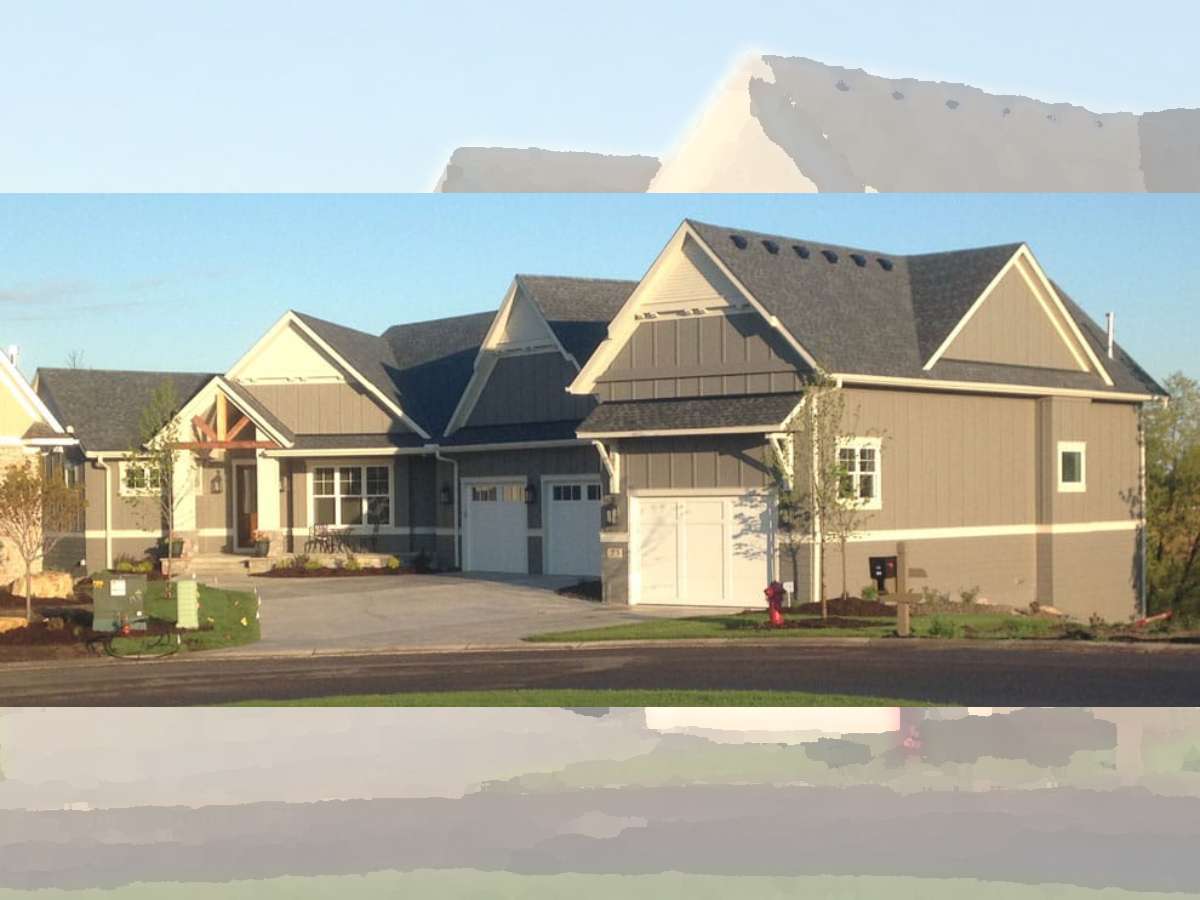 If you live in a home that was built prior to 1978 and you are about to hire a contractor for a remodeling, renovation, or painting project, the contractor must be certified by the U.S. Environmental Protection Agency (EPA) as a Lead-Safe Certified Firm before they can offer to do any work on your home.
If you live in a home that was built prior to 1978 and you are about to hire a contractor for a remodeling, renovation, or painting project, the contractor must be certified by the U.S. Environmental Protection Agency (EPA) as a Lead-Safe Certified Firm before they can offer to do any work on your home.
photo via EPA
ON April 22, 2008, the EPA issued a ruling that took effect on July 6, 2010:
"EPA requires that firms performing renovation, repair, and painting projects that disturb lead-based paint in pre-1978 homes, child care facilities and schools be certified by EPA and that they use certified renovators who are trained by EPA-approved training providers to follow lead-safe work practices. Individuals can become certified renovators by taking an eight-hour training course from an EPA-approved training provider."
–source
This is known as the RRP Rule (renovation, repair, painting). The ruling also states that contractors and firms that perform this work must be certified and follow specific work practices to prevent contamination and lead poisoning. This also includes, but is not limited to, common tasks such as:
- Sanding
- Cutting
- Scraping and Painting
- Clean-up
- Demolition
"The ruling removed an existing provision from existing regulations which allowed homeowner-occupants to "opt-out" of having their contractors follow lead-safe practices if there were no children six years old or younger living in the home."
This is GREAT news for two reasons.
1) It tightens up the regulations so that absolutely nobody is exposed to harmful lead particles during ordinary and/or extensive home repair projects for pre-1978 homes.
2) It creates a niche industry within the homebuilding renovation, repair and paint industries. That equates to more jobs.
The EPA’s RRP Rule Does NOT Apply to Individuals That Want to Work On Their Own Home
You read that right. Big Brother is keeping out of your personal business but they are placing the responsibility of lead hazard safety squarely in your lap. You are encouraged to read the the EPA’s Lead-Safe Cerfified Guide to Renovate Right before you begin your project, especially if you have children 6 years of age, or younger, living under your roof.
What Is A RRP-Certified Contractor Responsible For?
Certified contractors are responsible for the following:
Jobsite Supervision
Training Workers
Overseeing Work Practices
Jobsite Cleaning
Final Cleaning Verification
As of July 6, 2010, there were 254 training providers that had conducted 16,000 courses and trained and estimated 320,000 in lead-safe work practices.
In order to receive the EPA certification, contractors must fill out an application, pay $300 and take an 8 hour course by an EPA-Accredited Trainer.
Guidelines For Hiring a RRP-Certified Contractor For Your Project
If you’re interviewing potential contractors for your home improvement project on your pre-1978 home, simply ask to see proof that they are certified. You should also follow the guidelines for hiring a Lead-Safe Certified Contractor.
Once certified, contractors are good to go for the next five years, but must apply for recertification to get the latest and greatest on lead-safe practices. That is your assurance that the firm that you hire is in compliance with these very strict guidelines.
It wouldn’t hurt to have a good business relationship with your contractor to make sure that you are both on the same page. There are many helpful links within the links that I provided in this post.
Related:
FAQ about Lead in Paint, Dust, and Soil
Sources:
Remodeling



